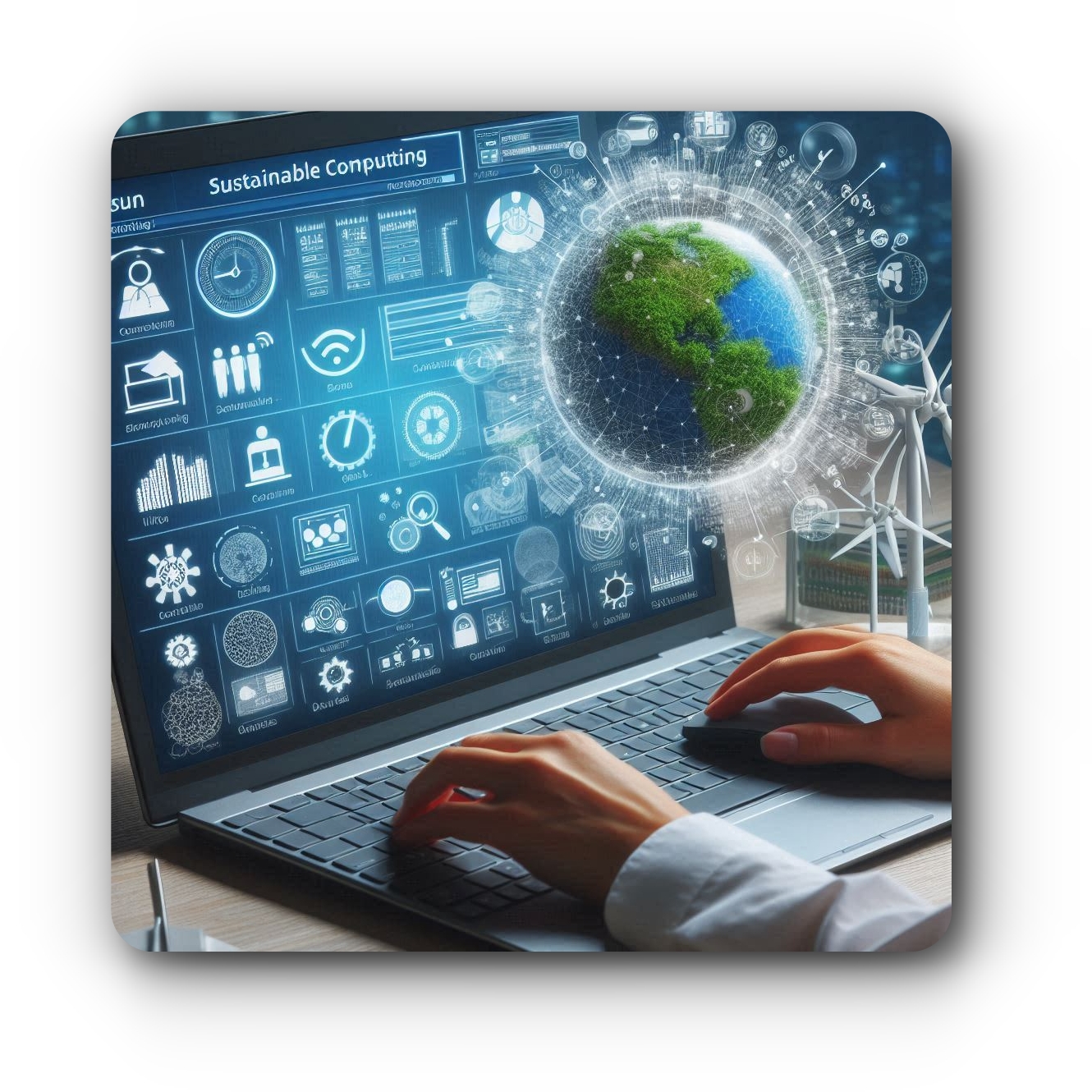Sustainability in Software Engineering
In the wake of a rapidly growing global focus on sustainable practices, the year 2023 marked a significant regulatory milestone, with the enactment of the Corporate Sustainability Reporting Directive. This directive significantly expands the scope of sustainability reporting, encompassing a broader array of enterprises, including large-scale, and Small and Medium-sized Enterprises (SMEs) within the EU. This regulatory development has profound implications for the software industry, as these companies need to provide comprehensive sustainability reporting for their software products. However, the industry still lacks models, tools, and methodologies for quantitatively assessing sustainability indicators during an agile software development process.
The primary goal of incorporating sustainability in SE is to ensure that software products contribute to or address sustainability-related aspects (environmental, social, individual, technical, and economic). This includes, for example, reducing resource consumption and carbon emissions, and supporting equitable societal development through technology. Additionally, sustainable software systems may also support users making sustainable choices in their own activities. In the early stages of the software development lifecycle, a software product can be most effectively influenced and adapted. It is, therefore, not surprising that, over the past years, a growing focus on sustainability and increased attention in the field of Requirements Engineering.

Generated wit AI


